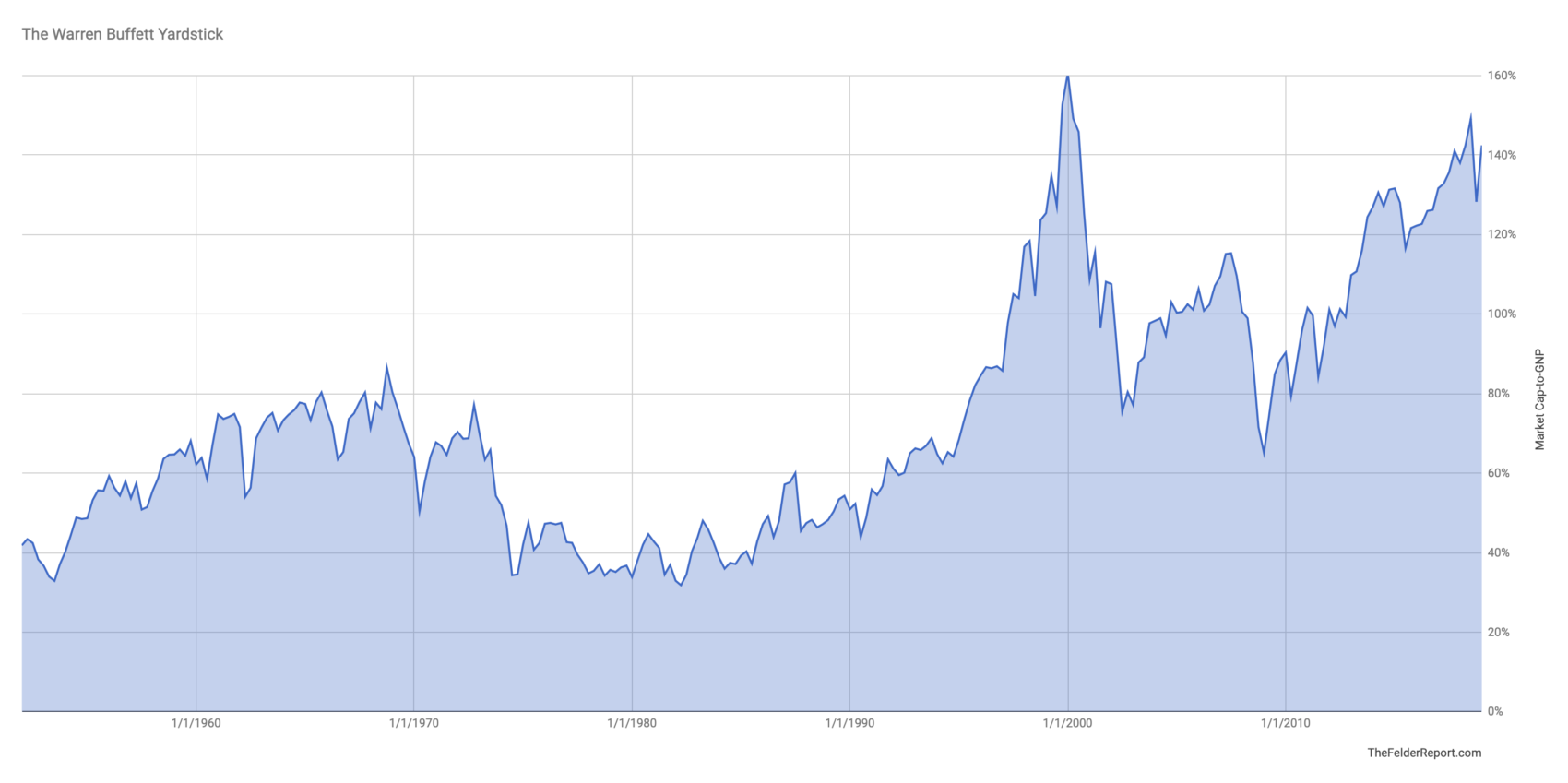Screen-Free Week: Realistic Strategies For Success

Table of Contents
Planning Your Screen-Free Week Strategy: Preparation is Key
Successful participation in Screen-Free Week hinges on careful planning. A realistic approach is key to avoiding burnout and maximizing the benefits. Don't aim for perfection; focus on making gradual, manageable changes.
Setting Realistic Goals
Don't expect to go cold turkey. Start small and build momentum. Setting achievable goals is crucial to avoid feeling overwhelmed and discouraged.
- Eliminate screens after dinner: Enjoy family time or unwind with a book instead of scrolling through social media.
- Limit social media to 30 minutes/day: Schedule specific times for checking social media to prevent mindless scrolling.
- Designate screen-free zones in the home: Create spaces, such as the bedroom or dining room, where screens are prohibited.
- Choose one day completely screen-free: This can serve as a stepping stone to a full week of reduced screen time.
Starting small prevents feeling overwhelmed and sets you up for success. Gradually increase your screen-free time as you feel comfortable.
Identifying Your Screen Time Triggers
Understanding what drives your screen use is essential for developing effective strategies. Common triggers include:
- Boredom: When you're bored, you may reach for your phone or tablet as a default activity.
- Stress: Screens can be a temporary escape from stress, but often exacerbate it in the long run.
- Procrastination: Screens can be a convenient way to avoid tasks, leading to procrastination.
- Social pressure: Feeling the need to constantly check social media to stay connected.
Identifying these triggers allows you to develop coping mechanisms. Practice mindfulness, journaling, or deep breathing exercises to manage these triggers and reduce your reliance on screens as a coping mechanism.
Preparing Alternatives
Having engaging alternatives in place is crucial for staying screen-free. Prepare activities that you genuinely enjoy:
- Reading: Pick up a book, magazine, or newspaper.
- Spending time in nature: Go for a walk, hike, or simply relax in a park.
- Pursuing hobbies: Dedicate time to hobbies you enjoy, such as painting, knitting, playing a musical instrument, or gardening.
- Connecting with loved ones: Schedule quality time with family and friends, engaging in meaningful conversations.
- Learning a new skill: Start a new hobby, learn a language, or take an online course (without a screen!).
Pre-planning ensures you won’t be tempted to resort to your devices out of boredom or lack of alternative activities.
Managing Withdrawal Symptoms During Screen-Free Week
Be prepared for potential withdrawal symptoms. These are common and temporary.
Acknowledging the Challenges
You may experience:
- Anxiety: Feeling uneasy or restless without constant access to information and social media.
- Irritability: Feeling easily frustrated or impatient.
- Restlessness: Feeling the urge to constantly do something, leading to increased screen time.
- Difficulty concentrating: Your brain might be used to the constant stimulation of screens.
These feelings are normal and shouldn't discourage you. Remember that they are temporary and will subside as you adjust.
Developing Coping Mechanisms
To manage withdrawal, try:
- Deep breathing exercises: Practice calming breathing techniques to reduce stress and anxiety.
- Meditation: Engage in mindfulness practices to center yourself and reduce cravings.
- Physical activity: Exercise releases endorphins, improving mood and reducing stress.
- Talking to a supportive person: Sharing your experience with friends, family, or a therapist can help.
These techniques provide healthy ways to self-soothe and manage cravings for screen time.
Seeking Support
Enlist the help of others:
- Share your goals with friends and family: Let them know you're participating in Screen-Free Week and ask for their support.
- Find an accountability partner: Partner with someone else who's also participating to share experiences and encourage each other.
- Join online or in-person support groups: Connect with others who understand the challenges of reducing screen time.
A supportive environment increases your chances of success.
Maximizing the Benefits of Your Screen-Free Week
Screen-Free Week is about more than just reducing screen time; it’s about improving your well-being.
Reconnecting with Yourself and Others
Focus on the positive impact:
- Increased face-to-face interaction: Spend quality time with loved ones, engaging in meaningful conversations.
- Improved sleep: Reduced screen time leads to better sleep quality.
- Reduced stress levels: Taking a break from screens can significantly reduce stress and anxiety.
Reflect on the positive changes you experience during the week. Journaling can be a helpful tool for this.
Building Sustainable Habits
Integrating positive changes into your post-Screen-Free Week routine is key:
- Set daily screen time limits: Use apps to track your screen time and set limits.
- Schedule screen-free time: Dedicate specific times each day to screen-free activities.
- Create a digital detox routine: Develop a routine for winding down before bed, avoiding screens for at least an hour before sleep.
These strategies help maintain a healthier balance between online and offline activities.
Measuring Your Success
Track your progress:
- Monitor screen time before, during, and after Screen-Free Week: Use apps or manual tracking to gauge your progress.
- Note positive changes: Track improvements in sleep, mood, relationships, and overall well-being.
- Acknowledge progress, regardless of minor setbacks: Celebrate your achievements and learn from any challenges.
Acknowledging progress, even small steps, is crucial for maintaining motivation.
Conclusion: Sustaining a Healthy Relationship with Screens After Screen-Free Week
Screen-Free Week is a powerful tool for improving your well-being. By planning realistically, managing withdrawal symptoms effectively, and building sustainable habits, you can successfully participate and reap the significant benefits. Remember the positive impact: improved sleep, stronger relationships, reduced stress, and increased self-awareness. Ready to take control of your screen time and embrace a healthier screen-free lifestyle? Plan your own successful Screen-Free Week today! Start by setting realistic goals and finding engaging screen-free alternatives. Take this opportunity for a digital detox and enjoy a more balanced, fulfilling life.

Featured Posts
-
 Digitale Transformatie Abn Amros Steun Aan Transferz
May 21, 2025
Digitale Transformatie Abn Amros Steun Aan Transferz
May 21, 2025 -
 Half Dome Secures Abn Group Victoria Account
May 21, 2025
Half Dome Secures Abn Group Victoria Account
May 21, 2025 -
 Provence A Self Guided Walking Trip From Mountains To The Mediterranean
May 21, 2025
Provence A Self Guided Walking Trip From Mountains To The Mediterranean
May 21, 2025 -
 Kwartaalcijfers Boost Abn Amro En De Aex
May 21, 2025
Kwartaalcijfers Boost Abn Amro En De Aex
May 21, 2025 -
 Switzerland And China A Plea For Constructive Tariff Talks
May 21, 2025
Switzerland And China A Plea For Constructive Tariff Talks
May 21, 2025
Latest Posts
-
 Bof As Analysis Addressing Concerns About Elevated Stock Market Valuations
May 21, 2025
Bof As Analysis Addressing Concerns About Elevated Stock Market Valuations
May 21, 2025 -
 Uk Luxury Brands Navigating Brexits Challenges In The Eu Market
May 21, 2025
Uk Luxury Brands Navigating Brexits Challenges In The Eu Market
May 21, 2025 -
 Investor Concerns About High Stock Market Valuations Bof As Response
May 21, 2025
Investor Concerns About High Stock Market Valuations Bof As Response
May 21, 2025 -
 Analysis Brexit And The Decline Of Uk Luxury Exports To The Eu
May 21, 2025
Analysis Brexit And The Decline Of Uk Luxury Exports To The Eu
May 21, 2025 -
 Why Current Stock Market Valuations Are Not A Threat Bof As View
May 21, 2025
Why Current Stock Market Valuations Are Not A Threat Bof As View
May 21, 2025
